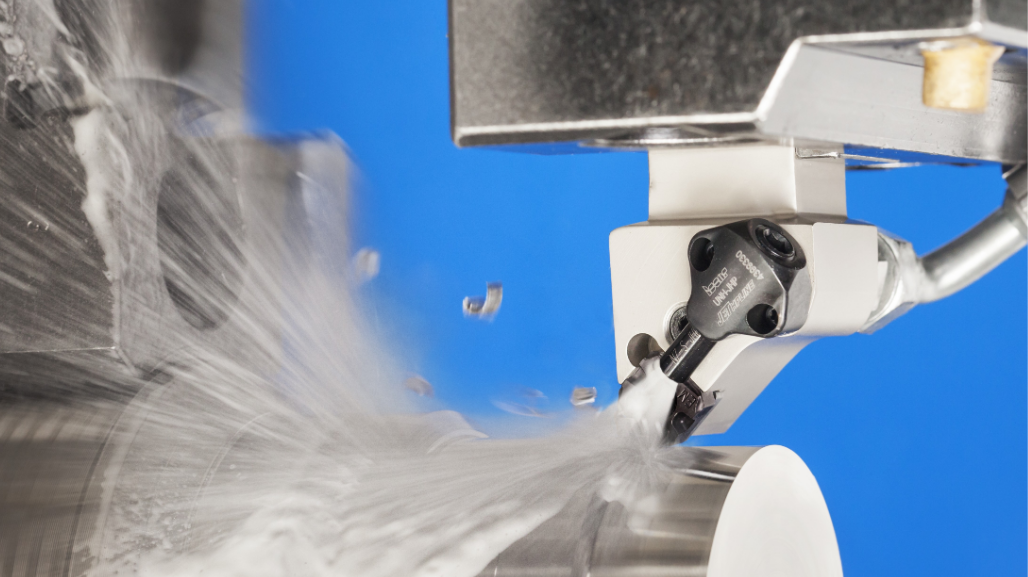What You Need to Know
OSHA and ANSI are two distinct bodies, each creating its own standards, rules and specifications.
Always begin with OSHA but be prepared to learn ANSI standards too; manufacturers can help navigate the requirements.
Beware: You might be compliant with an OSHA rule and not with a voluntary ANSI standard and still be cited.
Being a responsible safety manager requires knowing what standards and rules apply to your team’s line of work, and adhering to those guidelines.
Learn how to better navigate the complex line between safety laws and safety standards—and be ready to document reasons for focusing on an OSHA rule over sometimes trickier voluntary ANSI standards.
It’s hard out there for a safety manager. There is an art to balancing worker safety and avoiding costly compliance fines. At the center of this balancing act is learning how to walk the tightrope between the regulations and the standards that influence them.
“There are some key differences between ANSI standards and OSHA rules,” explains Glenn Demby, an attorney and the editor-in-chief of SafetyXChange, in a paper for the American Society of Safety Engineers. “One of these differences has to do with the people who write them and their purposes. The people who write laws and regulations are trying to strike a balance between workers’ safety and employer costs. They need to know that the measures they require employers to adopt and are affordable by all companies.”
Naturally, these difference can make compliance a gray area. For example, strict adherence to an OSHA rule for proper footwear protection doesn’t necessarily mean a business will be compliant with footwear standards set by ANSI. What’s worse, the business can be fined considerably for not following a voluntary standard.
Questions will naturally arise:
How does a safety manager balance cost and safety risk?
Is a safety manager ready to defend his or her interpretation of the OSHA regulation in case of an inspection or a worksite accident?
How does a safety manager keep up with changes as regulators adopt a standard that was voluntary (yet the regulatory body had been slow to officially adopt it)?
Before diving into these decisions, take a step back and understand how the standards and regulatory bodies function. Then prepare to document and update the business’s compliance status regularly. Always expect inspections.
What Is OSHA? What Is ANSI?
The Occupational Safety and Health Administration is the regulatory government body that makes the safety laws and rules that companies must adhere to in the United States. Founded by an act of Congress in 1970, OSHA works under the auspices of the Labor Department.
“OSHA’s mission is to assure safe working conditions for employees by ‘setting and enforcing standards,’” writes safety-products company CMC Rescue on its blog. “This enforcement aspect of OSHA is its primary distinction from ANSI. Many OSHA regulations address similar topics as ANSI standards (e.g., fall protection), but where ANSI standards are voluntary, OSHA regulations are law.”
The American National Standards Institute, founded in 1918, promotes and facilitates “voluntary consensus standards and conformity assessment systems” and “safeguards their integrity,” according to its website. The key terms here are “voluntary” and “by consensus”—which generally means a volunteer committee of industry practitioners.
“ANSI’s primary mission is to facilitate standards that, when adhered to, set a level of quality and safety across an entire industry,” notes CMC Rescue. “These standards address everything from mold remediation, to transportation of nuclear materials, to bakery equipment and digital encryption. The standards are consensus based because they are written and agreed upon by many members across the entire applicable industry.”
OSHA Regulations vs. ANSI Standards: Where to Start and Where It Can Get Messy
OSHA’s regulations and rules should be the starting point. There are a host of other standards bodies at the local, state, national and international levels. In the world of safety and manufacturing in the U.S., OSHA’s regulations are sacrosanct. But hold tight.
OSHA often looks to standards bodies like ANSI for an industry’s accepted best practices for a safety product or safety approach—and these practices can be cited in litigation. ANSI tends to go above and beyond the minimum requirements of the regulation to make a standard the ideal best practice based on real-world application and feedback.
Manufacturers typically “voluntarily adopt the standards for use in their testing (and, if a company has an incident as a result of their not meeting a published ANSI standard, OSHA will most likely want to know why they weren’t meeting the standard),” writes John Braun, CSP, CHST, co-owner of Signature Safety, in a Simplified Safety blog post. “Many companies will voluntarily adopt ANSI standards as ‘best practices’ and OSHA will, eventually, incorporate many ANSI standards into the regulations by reference.”
So in practical terms, ANSI standards often become the de facto guidelines that businesses follow. Leading manufacturers are generally part of the committee or part of the group that gives feedback to ANSI, and are on the front lines of standards’ adoption. But products alone may not be enough to satisfy regulators. Worker safety also includes the approach to hazardous conditions.
“Explicitly, OSHA can reference specific ANSI (or any other organization’s) standards in OSHA regulations,” writes CMC Rescue. “This is referred to as ‘incorporation by reference.’ Implicitly, OSHA can require adherence to ANSI standards through the General Duty Clause, which states, ‘Each employer shall furnish to each of his employees employment and a place of employment which are free from recognized hazard.’ This clause allows OSHA to cite employers for hazardous conditions that are not directly addressed by OSHA but are addressed by other industry standards.”
Are ANSI Standards Really Voluntary?
ANSI standards are generally voluntary, but that doesn’t mean you can pick and choose which to follow. Standards can become involuntary when OSHA deems them necessary to follow, which can happen at any time. OSHA expects employers and safety managers to continuously assess and improve workplace safety—and they make clause language generic enough to be an issue.
Voluntary standards are often used as and interpreted as the correct guidelines for applying OSHA’s regulation. Here’s an example:
“Assume that an OSHA compliance officer cites a company under 1910.212(a)(3)(ii), for failure to safeguard a machine at the point of operation,” writes Joseph J. Lazzara, former CEO of Scientific Techologies, in Occupational Hazards. “One way the company can abate the citation is to demonstrate the machine is guarded according to the appropriate B11 standard. In fact, the text in 1910.212(a)(3)(ii) includes, ‘The guarding device shall be in conformity with any appropriate standards...’ Thus, here is a case where the voluntary B11 standard is used to correct a hazardous situation, and reduce a citation issued under the mandatory OSHA regulations.”
Expect Inspection
OSHA inspections can happen at any time, often without advance notice. Their officers will assess the workplace for potential dangers and might survey associates for complaints or injury rates. It’s a safety manager’s job to stay up to date on the regulations and the standards most relevant to the specific industry. Be sure to keep extensive, detailed documentation handy in case an OSHA representative shows up unexpectedly. If given a recommendation by an OSHA official, take that recommendation seriously and implement as soon as possible.
Is navigating the nuances between OSHA and ANSI a difficult task for you and your team? Why or why not?
Related Articles

ISCAR's MODULAR-GRIP Adapters and Jet High Pressure (JHP) System are a Winning Combination

TOOLING UP: 3M Abrasives: Advanced Belt Technology for Metal Finishing

LOGIQ-F-GRIP Turning System for Parting Applications

ISCAR Turning, Grooving and Parting Tools for High Pressure Coolant


